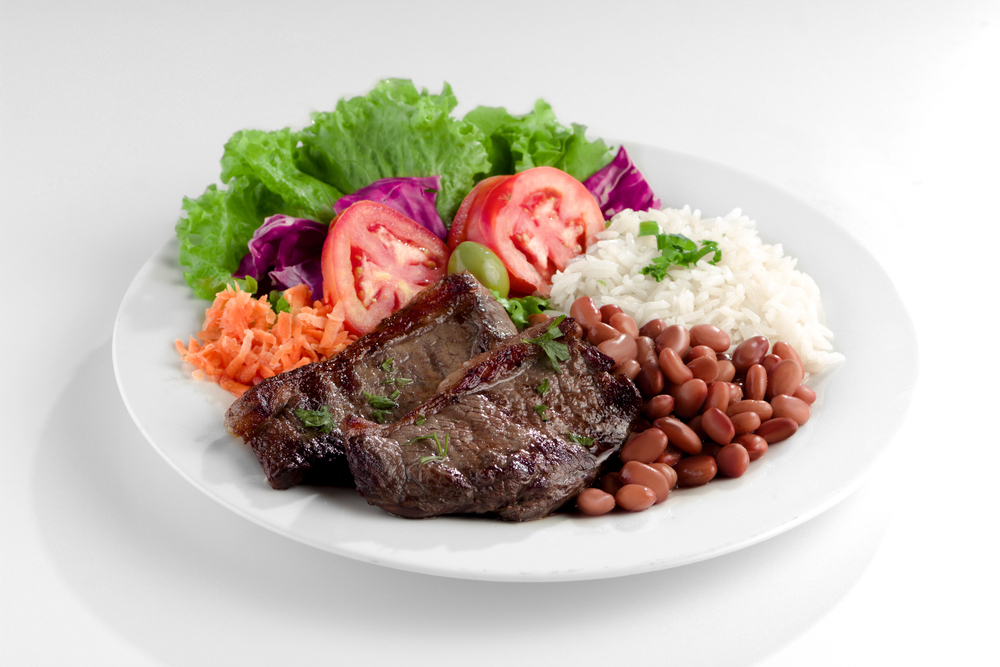Miso is a traditional Japanese seasoning that has gained popularity worldwide due to its unique taste and versatility.
Miso is made by fermenting soybeans, rice, or barley with salt and Koji, a type of fungus.
The fermentation process can last from several weeks to one year, resulting in different types of miso with varying flavor profiles.
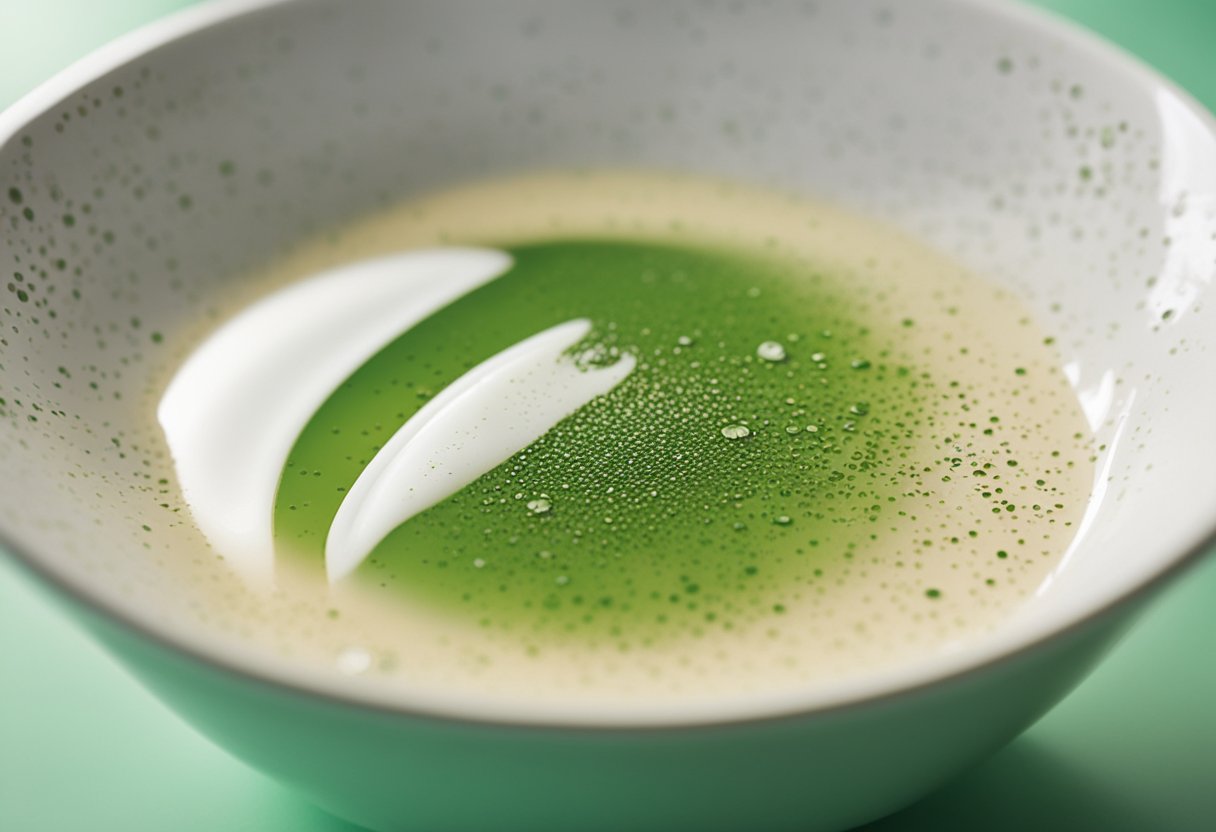
The taste of miso can be described as salty, umami-rich, and sometimes sweet or earthy, depending on the type of miso.
White miso is milder and slightly sweet, while red miso is more intense with a richer, earthier, and sometimes slightly bitter taste.
Miso is commonly used in Japanese cuisine, especially in soups like miso soup, but it can also be used in sauces, dressings, marinades, and even desserts.
Key Takeaways
- Miso is a traditional Japanese seasoning made by fermenting soybeans, rice, or barley with salt and Koji.
- Miso has a complex taste profile that is salty, umami-rich, and can also have elements of sweetness or earthiness depending on the type.
- Miso is commonly used in Japanese cuisine, especially in soups like miso soup, but it can also be used in sauces, dressings, marinades, and even desserts.
Understanding Miso
History of Miso
Miso is a traditional Japanese seasoning that has been around for centuries. Its origin can be traced back to China, where it was first introduced as a fermented soybean paste.
Later, it was brought to Japan by Buddhist monks and was quickly adopted into Japanese cuisine.
Miso Production
Miso is made by fermenting soybeans, rice, or barley with salt and koji, a mold called Aspergillus oryzae. The mixture is then left to ferment for several months to a few years.
During the fermentation process, the enzymes in the koji break down the carbohydrates in the soybeans, rice, or barley, creating a sweet and savory flavor.
Types of Miso
There are many different types of miso, each with its own unique flavor and color. The most common types of miso are white miso, red miso, and mixed miso.
White miso is made with a higher proportion of rice and is milder in flavor. Red miso is made with a higher proportion of soybeans and is saltier and more pungent in flavor. Mixed miso is a combination of both white and red miso.
Other types of miso include yellow miso, which is made with barley and has a mild, sweet flavor; mugi miso, which is made with barley and soybeans and has a rich, earthy flavor; and hatcho miso, which is made with only soybeans and has a deep, intense flavor.
In Japanese cooking, miso is used in a variety of dishes, including soups, dressings, marinades, and sauces. Its unique flavor profile, with its umami taste, makes it a versatile ingredient that adds depth and complexity to any dish.
Taste Profile of Miso
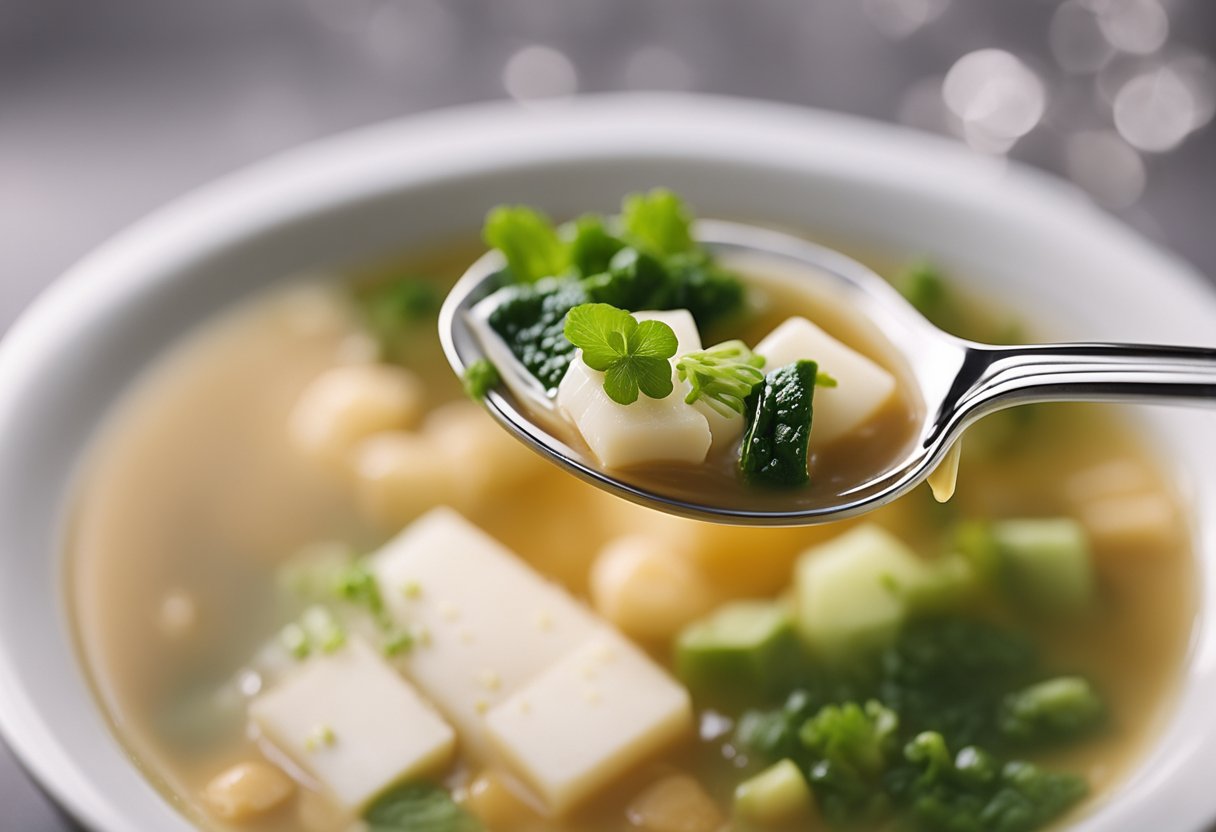
As a fermented soybean paste, miso has a unique taste profile that can be described as savory, salty, and rich in umami flavor. In this section, I will explore the different taste elements that make up the flavor of miso.
Umami Flavor
One of the most distinctive aspects of miso is its umami flavor. Umami is often described as a savory, meaty taste that is difficult to describe.
It is the fifth basic taste, alongside sweet, sour, salty, and bitter. Miso’s umami flavor comes from the fermentation process, which produces glutamic acid and other amino acids that contribute to the taste.
The umami flavor in miso can vary depending on the type of miso and how long it has been fermented. Light-colored miso, also known as shiro miso, has a milder umami flavor compared to darker miso varieties like red miso or hatcho miso.
The longer the fermentation period, the stronger the umami flavor becomes.
Salty Taste
Miso also has a salty taste, which comes from the addition of salt during the fermentation process. The amount of salt used can vary depending on the type of miso, but it is generally high in sodium.
As a result, miso should be consumed in moderation, especially for those with high blood pressure or other health concerns.
The salty taste in miso can be balanced out by other ingredients when used in cooking, such as sweet mirin or sugar, acidic rice vinegar, or bitter green tea.
It is important to taste miso before using it in a recipe to determine how much saltiness it will contribute.
Overall, miso has a complex and unique taste profile that adds depth and richness to many Japanese dishes. Its savory, salty, and umami flavors make it a versatile ingredient that can be used in soups, marinades, dressings, and more.
Miso in Japanese Cuisine
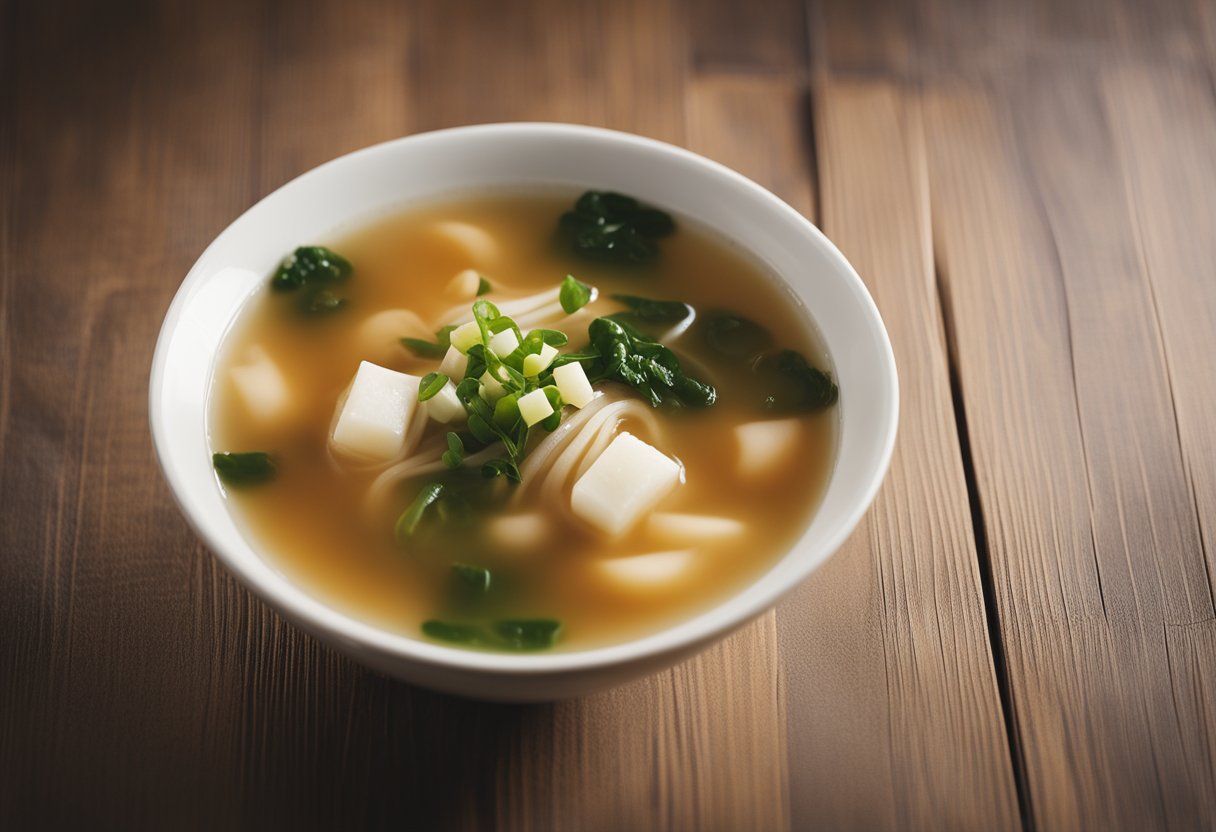
Miso is a staple ingredient in Japanese cuisine, and it is used in a wide variety of dishes. It is a fermented paste made from soybeans, rice, or barley, and it has a distinct salty and umami flavor.
The flavor and texture of miso can vary depending on the fermentation time, which can range from several weeks to one year.
Miso Soup
Miso soup is perhaps the most well-known dish made with miso. It is a simple soup made with dashi (a broth made from bonito flakes and kombu seaweed), miso paste, and various other ingredients.
Some common ingredients include tofu cubes, green onions, mushrooms, seaweed, and bean sprouts. Miso soup is typically served as a side dish with rice dishes, but it can also be enjoyed on its own.
Miso Ramen
Miso ramen is a type of Japanese noodle soup that is flavored with miso paste. It typically includes noodles, a broth made from chicken or pork, and various toppings such as sliced pork, green onions, and seaweed.
Miso ramen has a rich, savory flavor that is both satisfying and comforting. It is a popular dish in Japan and is also enjoyed in many other parts of the world.
Other Miso Dishes
In addition to miso soup and miso ramen, there are many other dishes that use miso as a key ingredient. Some examples include:
- Mochi cakes filled with miso paste
- Grilled fish or seafood marinated in miso
- Stir-fried vegetables with miso sauce
- Cabbage salad with miso dressing
Miso can also be used in desserts, such as miso caramel sauce or miso ice cream. The possibilities are endless, and individual tastes and preferences will dictate which dishes are most appealing.
Overall, miso is a versatile ingredient that adds depth and complexity to many different types of dishes. Whether you prefer savory soups or sweet desserts, there is sure to be a miso dish that satisfies your cravings.
Using Miso as an Ingredient
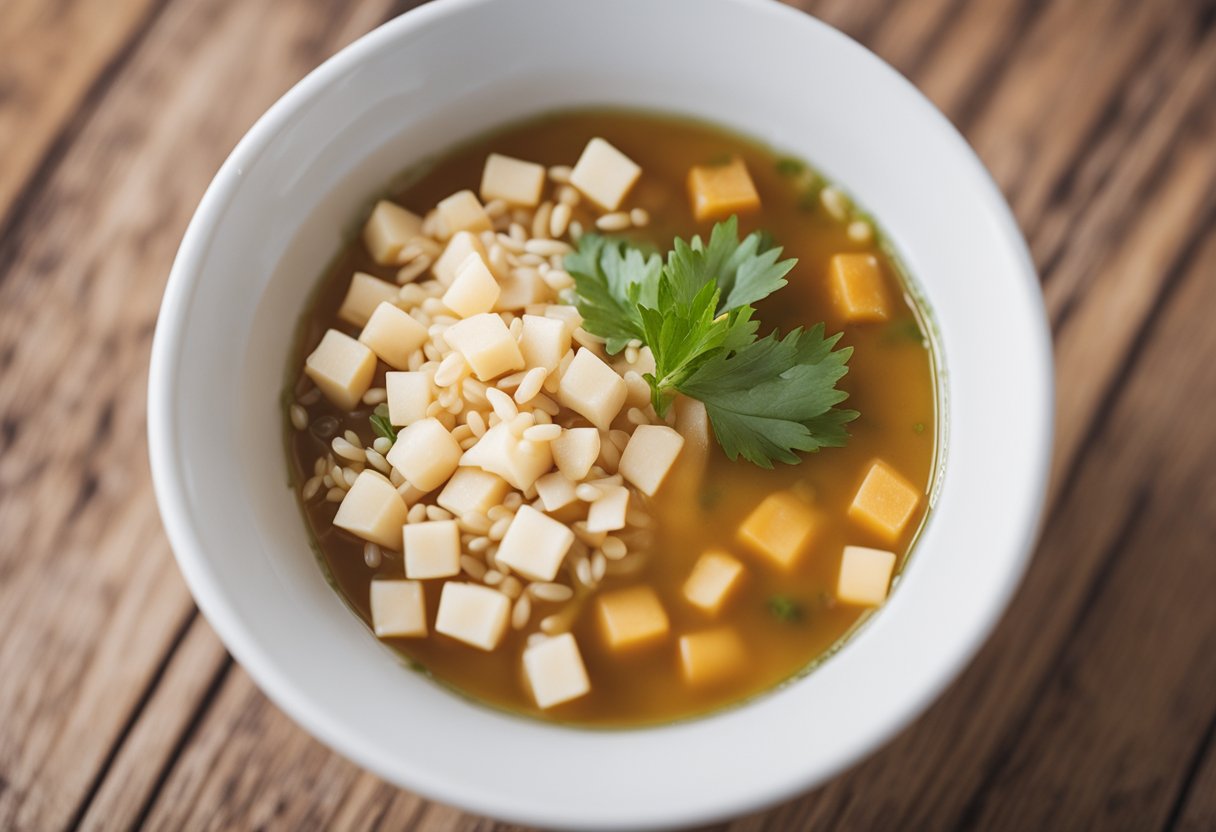
Miso is a versatile ingredient that can be used in many different dishes. In this section, I will discuss two ways to use miso as an ingredient: cooking with miso and making miso dressing.
Cooking with Miso
Miso is a key ingredient in many Japanese dishes, such as soup base, stews, and marinades. It can also be used as a seasoning in salads and braises.
When cooking with miso, it is important to keep in mind that it is a salty ingredient, so it should be used sparingly.
One way to use miso in cooking is to mix it with soy sauce, vinegar, and dashi to make a sauce. This sauce can be used to flavor meat or vegetables, or as a dipping sauce for sushi.
Another way to use miso is to mix it with sesame oil and use it as a marinade for tofu or chicken. The miso marinade will add a savory flavor to the dish.
Miso Dressing
Miso dressing is a delicious and versatile dressing that can be used on salads or as a dip for vegetables. To make miso dressing, mix miso with rice vinegar, soy sauce, and a little bit of sugar. Whisk in some vegetable oil until the dressing is smooth and creamy.
Miso dressing can be customized to your liking by adding different ingredients. For example, you can add grated ginger or garlic for extra flavor.
You can also use different types of miso to change the flavor of the dressing. Light-colored miso will give the dressing a milder flavor, while dark miso will give it a stronger, more savory flavor.
In conclusion, miso is a versatile ingredient that can be used in many different dishes. Whether you are making a soup base, a marinade, or a dressing, miso will add a savory flavor to your dish. Just remember to use it sparingly, as it is a salty ingredient.
Health Benefits and Nutritional Facts

Miso is not only a delicious ingredient but also a nutritious one. It is a good source of protein, vitamins, and minerals that can provide several health benefits.
Protein and Fat Content
Miso is made from fermented soybeans, which makes it a good source of protein. One tablespoon of miso paste contains about 2 grams of protein. It is also low in fat, with only 0.5 grams of fat per tablespoon.
Vitamins and Minerals
Miso is rich in vitamins and minerals, including copper, manganese, and vitamin K. One tablespoon of miso paste contains about 15% of the recommended daily intake of vitamin K. It is also a good source of zinc and phosphorus.
Miso is also a good source of probiotics, which are beneficial bacteria that can help improve digestion and boost the immune system. The fermentation process used to make miso paste promotes the growth of these good bacteria.
Health Benefits
Miso has been linked to several health benefits. It may help lower blood pressure and reduce the risk of heart disease. The probiotics in miso can also help improve digestion and reduce inflammation in the gut.
The nutritional benefits of miso paste make it a great addition to a healthy diet. It can be used in a variety of dishes, from soups to marinades. Just be sure to use it in moderation, as it is high in sodium.
Buying and Storing Miso
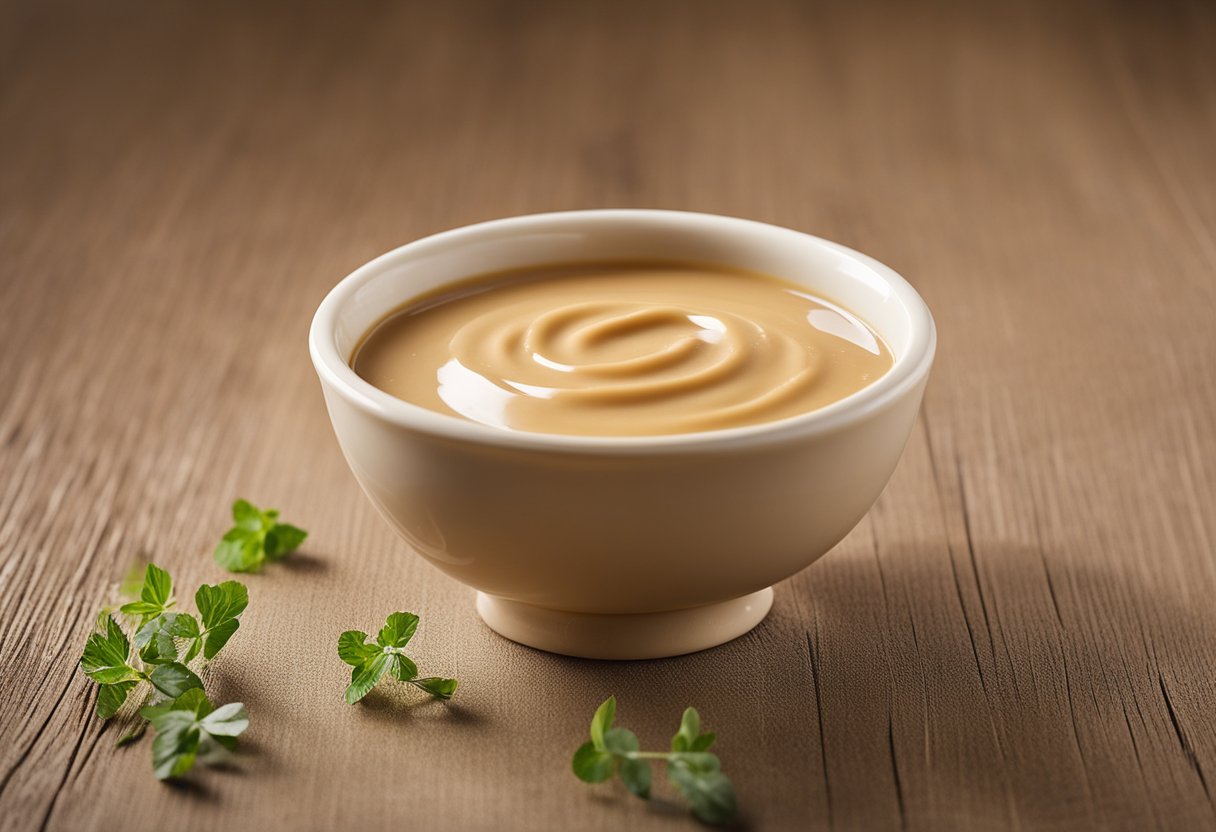
Miso is a fermented soybean paste that is a staple in Japanese cuisine. It has a unique umami flavor that is both salty and savory.
If you’re wondering what miso tastes like, it can vary depending on the type of miso you choose. But before you can taste it, you need to buy and store it properly.
Where to Buy Miso
You can find miso in most grocery stores, either in the international or Asian food aisle. If you’re looking for a wider variety, you may want to check out an Asian market. They usually have a larger selection of miso and other Japanese ingredients.
If you’re looking for an easy and quick way to buy miso, you can also order it online. There are many online stores that sell miso paste, and they usually have a wider selection than your local grocery store.
Storing Miso
Miso paste should be stored in the refrigerator to keep it fresh. It can last for several months in the refrigerator if stored properly.
When storing miso, it’s important to keep it in an airtight container to prevent it from drying out or absorbing odors from other foods in the refrigerator.
When using miso, it’s important to use caution. Miso is high in sodium, so if you’re watching your sodium intake, you may want to use it sparingly.
It’s also important to note that miso paste can vary in saltiness depending on the type of miso you choose. So, if you’re using a new type of miso, start with a small amount and adjust the amount based on your taste preferences.
In summary, miso paste is a delicious and versatile ingredient that can add a unique flavor to many dishes. When buying miso, you can find it in most grocery stores, Asian markets, or online.
When storing miso, make sure to keep it in an airtight container in the refrigerator. And when using miso, use caution and adjust the amount based on your taste preferences.
Frequently Asked Questions

How would you describe the taste of miso?
Miso has a unique flavor that can be described as salty and savory with a light sweetness. It’s a fermented dish that has a rich umami flavor, which is the basis for many Japanese dishes.
The flavor and texture of miso will depend greatly on the fermentation time, which can range from several weeks to one year.
What dishes pair well with miso?
Miso can be used in a variety of dishes, from soups and stews to marinades and dressings. It pairs well with vegetables, meats, and seafood, and can add depth and complexity to any dish.
Some popular dishes that feature miso include miso soup, miso-glazed salmon, and miso ramen.
Can you use miso as a substitute for other ingredients?
Different types of miso can usually be substituted for each other in recipes, but their flavors will vary. In general, light-colored miso is better suited to lighter dishes like salads and desserts, while dark miso lends a stronger flavor for more heavy dishes like braises or stews.
Miso can also be used as a substitute for soy sauce or salt in some recipes.
What are the health benefits of consuming miso?
Miso is a nutritious food that is rich in protein, vitamins, and minerals. It contains probiotics that can help improve digestion and boost the immune system. Miso is also low in calories and fat, making it a healthy addition to any diet.
How does the taste of white miso differ from other types of miso?
White miso, also known as shiro miso, has a milder and sweeter flavor compared to other types of miso. It’s made with a higher proportion of rice koji and a shorter fermentation time, which gives it a lighter color and flavor. White miso is often used in dressings, marinades, and light soups.
Where can you find recipes that feature miso as a main ingredient?
There are many cookbooks and websites that feature recipes that use miso as a main ingredient. Some popular websites include The Food XP, Eat Delights, and Chili Pepper Madness.
You can also find many recipes on social media platforms like Pinterest and Instagram.





